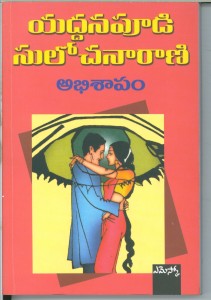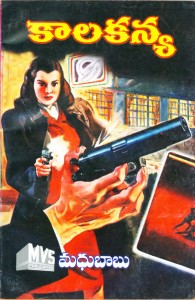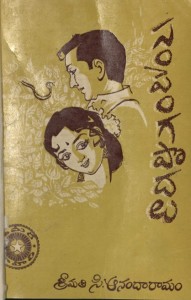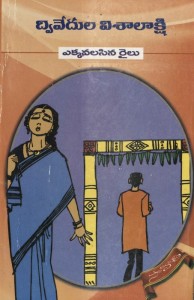
The UT Libraries has been busy working on our role in national collaborations for deepening and diversifying South Asian collections while simultaneously making them more accessible. One of these efforts exemplifies our multi-pronged approach, namely the growing — albeit idiosyncratic — niche collection in popular and pulp fiction in regional South Asian languages. The various projects associated with this collection have harmoniously united to form a synergy of resources for scholars of South India.
On a brief acquisitions trip to South India last year, Mary Rader, the South Asia Librarian and Global Studies coordinator, obtained a treasure trove of popular and pulp fiction novels to jumpstart our efforts. These novels were primarily in Telugu, the chief language of Andhra Pradesh and Telangana, and third most spoken language in India.

Popular and pulp fiction literature gained popularity across India during the 1950s and 1960s — a time of tremendous social activism in the subcontinent. For example, after India gained independence in 1947, many social reformists and their movements sought to encourage women to learn to read and write. As a result of these efforts, women writers across the socioeconomic spectrum took advantage of the medium of popular and pulp fiction to address contemporary societal dilemmas. The issues these women wrote about included problems they faced personally as well as those issues that permeated throughout Indian culture. Thanks to these movements, the 1960s were dominated by female writers who wrote fiction that subtly critiqued social issues while piquing the interest of the common reader with imaginative storylines and exuberant characters. In this vein, pulp and popular fiction presented a very raw and realistic take on life, which allowed the middle class to see elements of their lived experiences within the confines of these beautifully illustrated, modest books.

These popular and pulp fiction authors also had close connections with the movie industry, aside from writing for popular cinema magazines. Another one of the authors whose works we have acquired — Yaddanapūḍi Sulōcanārāṇi — wrote sought-after fiction that was frequently used as the plot of many successful Telugu movies. Her love stories and dramas were popular for younger generations and directors such as K. Viswanath adapted her stories into extremely popular films that addressed a wide array of social issues.

Another set of contemporaneous novelists replicated the detective novel literature that was popular in the U.S. during the 1930s and 1940s. Proliferous authors like Sāmbaśivarāvu Kommūri, Madhubābu, and Rāmmōhanarāvu Sūryadēvara produced dozens of novels providing quick entertainment while still addressing contemporary social issues in a more informal context.

As we continue to develop this distinctive niche collection, we are also working to make our Telugu materials more accessible. As part of the South Asian Language Journals Cooperative Table of Contents Project (SALToC), we have been annotating Telugu journals within the Libraries’ collection. As we worked on the annotations, unique parallels with our pulp and popular fiction emerged. Our first contribution to SALToC was the creation of a table of contents for Āndhrasacitra vārapatrika, a 200+ issue weekly cinema magazine that included short stories by amateur authors. In the early 1960s, weekly and monthly journals like Āndhrasacitra vārapatrika flooded the market with editors who eagerly encouraged women to write. Many of the short stories written by these women gained critical acclaim. In particular, a short story called “Sampenga Podalu” or Tuberose Vines, written by C. Ananda Ramam in Āndhrasacitra vārapatrika, jumpstarted her career as a successful popular fiction novelist. Similarly, another of the authors whose works we have acquired – Dvivēdula Viśālākṣi – had the beginning of her career founded in a short story she wrote for another one of these popular journals.
We have a lot more annotating, researching, and acquiring to do and we have started work in other regional languages like Tamil and Malayalam. In the meantime, check out the amazing resources we are compiling.
Written by Sricharan Navuluri — South Asia Library Assistant working with Global Studies Coordinator Mary Rader.
